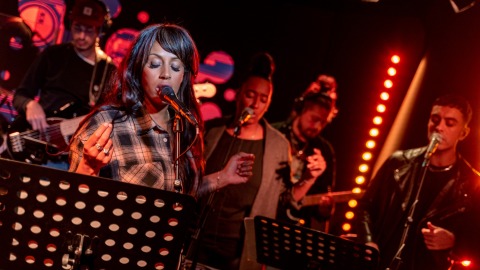
Specifically to the ideation phase of the creative process. According to Davis ( 2009), the mood-creativity link depends on the context and relates Two meta-analyses confirmed aĬonnection between positive mood and enhanced creativity, with two differentĮxplanations leading to this conclusion. Most researchers have investigated the relationship between creativity and well-being byįocusing on feeling states and long-lasting moods. To well-being in a parallel and not mutually exclusive way. In theįollowing study we will therefore consider both as co-dependent indicators contributing Hedonia and eudaimonia may also operate together as elements of the same dynamic They argue that well-being isĬharacterized by experiences congruent with one’s interests or values and promptedīy participation in meaningful activities.

Despite the advantage of being easily defined and measured, many scholarsĬonsider the hedonic approach too simplistic and narrow (e.g., Huta & Waterman, 2013). Pleasure in a given moment (e.g., Kahneman,Ģ000). Good about one’s life and it can be successfully measured by the experience of Recent attempts at reaching one cohesive definition of well-being have led to an ongoingĭebate about its constituent parts and measurement (see Kashdan, Biswas-Diener, & King, 2008, and the subsequent discussion).įollowers of the hedonic approach conclude that well-being equates to a state of feeling The main goal of this study is therefore to explore whether solving The experience of creativity not only in relation to “feeling good”, butĢ013). However, there is still a need for research which explains With the growth of positive psychology researchers became interested in the link betweenĬreativity and well-being. The 2013–2014 cohort was inducted into the JRP at the European Summer SchoolĬreativity is conceptualized as the generation of ideas, insights, or solutions that areīoth novel and potentially useful ( Amabile, 1990). Projects, with the hope of informing others carrying out such work. Support the dissemination of methods used by student-driven, independent research Research according to the comments resulting from the peer-review process. Submitted prior to project completion to enable the authors to improve their Low-resource, independent, student-driven, cross-cultural research. Research groups in developing and carrying out a research project in the context of The WiPs are short methodology papers that outline steps undertaken by Submit the WiPs of their research to the Journal of European Psychology Students During the course of the JRPĬalendar, the six research groups that are initiated via the European Summer School Psychology Students’ Associations (EFPSA). Junior Researcher Programme (JRP), a service supported by the European Federation of This work in progress report (WiP) was developed by the 2013–2014 cohort of the Keywords: happiness, well-being, creativity, hedonia, eudaimonia DOI:

difficulty level, will also be tested for their moderating effects. Personal characteristics, such as a need for closure, and task features, e.g.
.jpg)
Involvement in a creative task is expected to boost both positive feelings (hedonic well-being) and good functioning (eudaimonic well-being).

Their experience of completing the task will be compared with their average daily well-being level. In an online experimental study participants will be randomly assigned to solve either a creative or a non-creative task. The purpose of this study is to investigate if a change in psychological well-being can result from engagement in creative activity. Does Creativity Make You Happy? The Influence of Creative Activity on Hedonic and Eudaimonic Well-being Work in Progress Report Does Creativity Make You Happy The Influence of Creative Activity on Hedonic and Eudaimonic Wellbeing Authors: Abstract


 0 kommentar(er)
0 kommentar(er)
